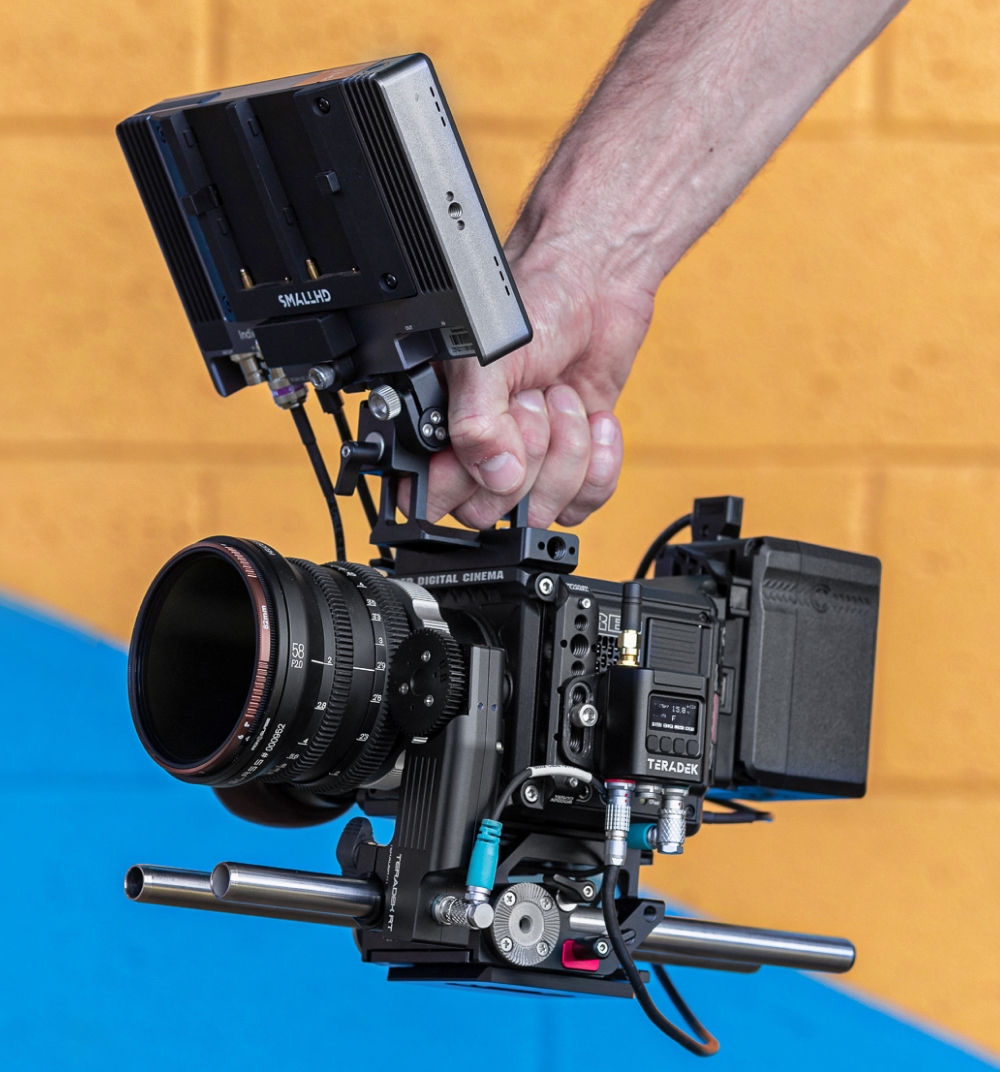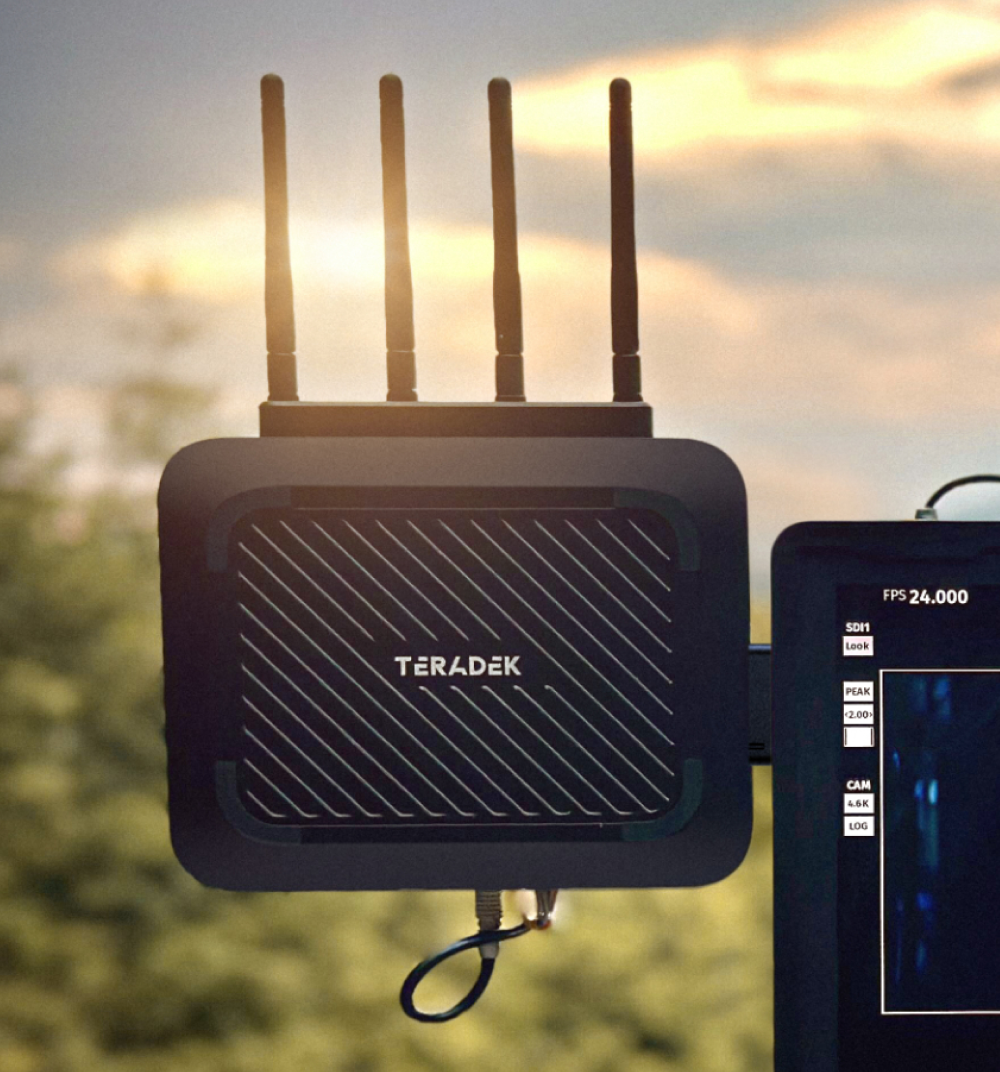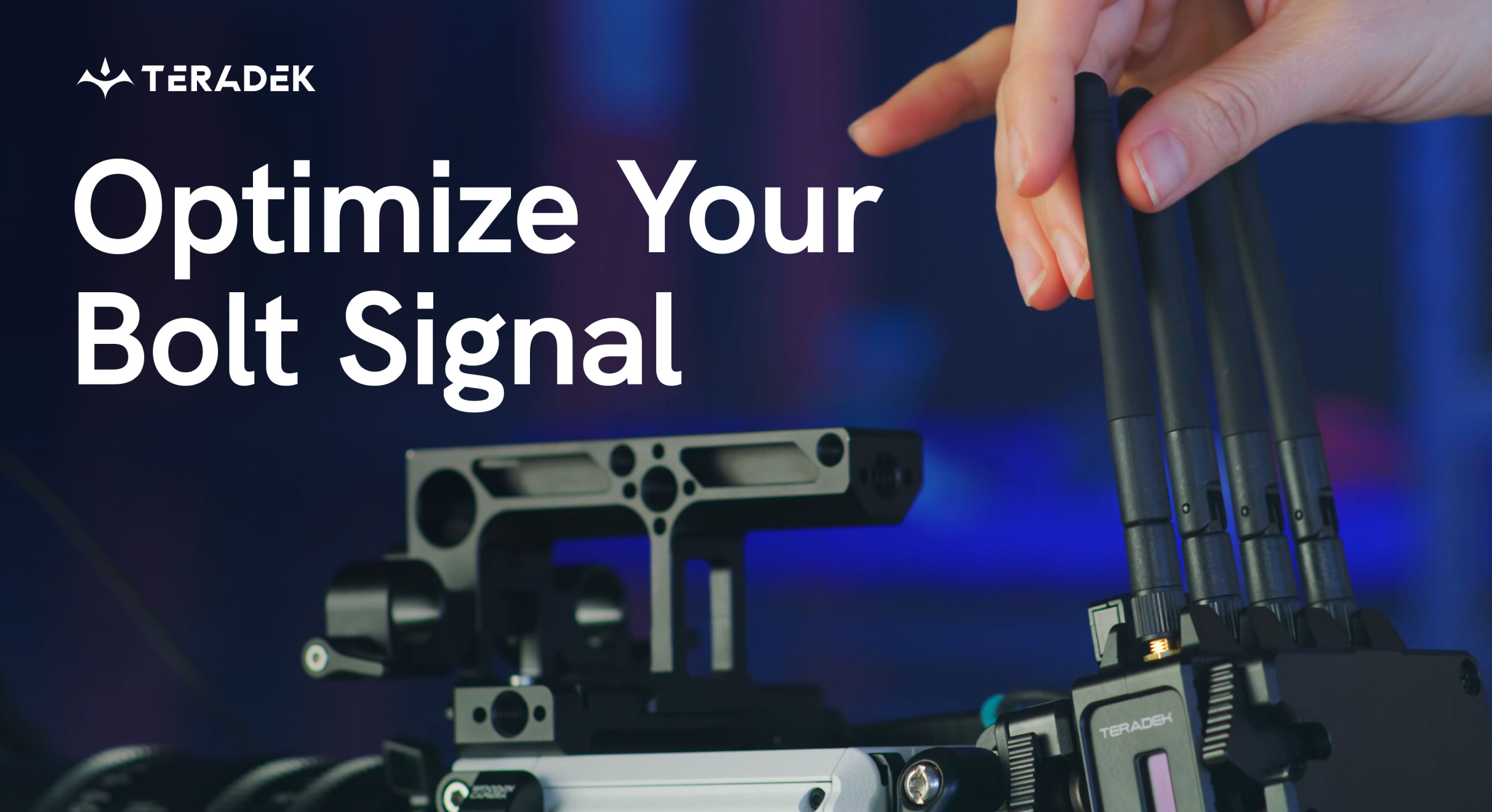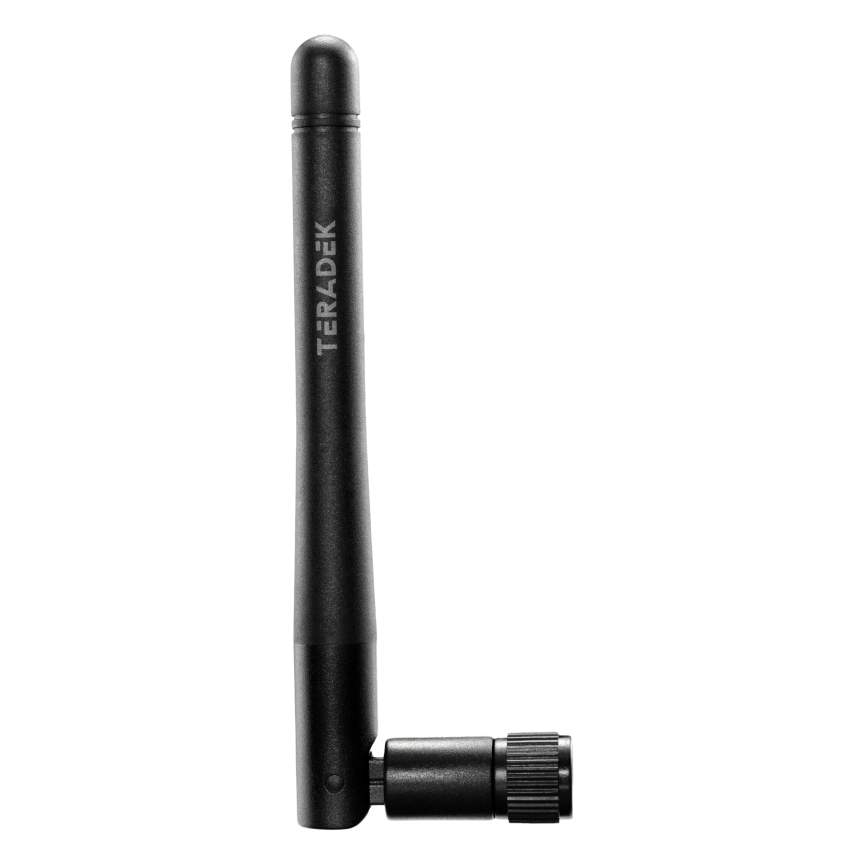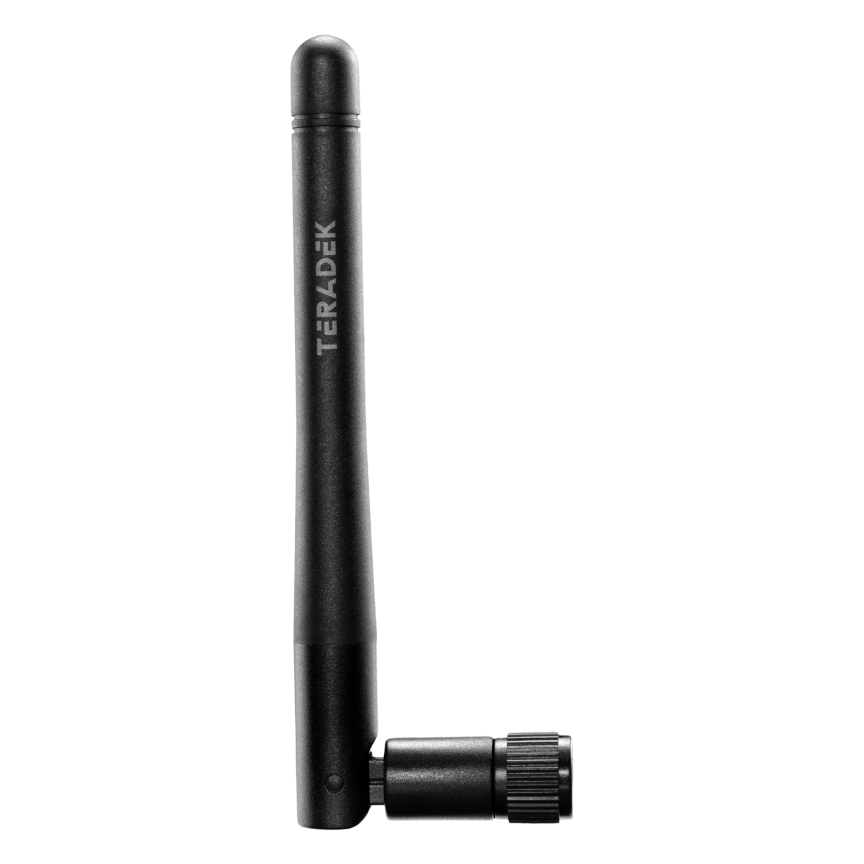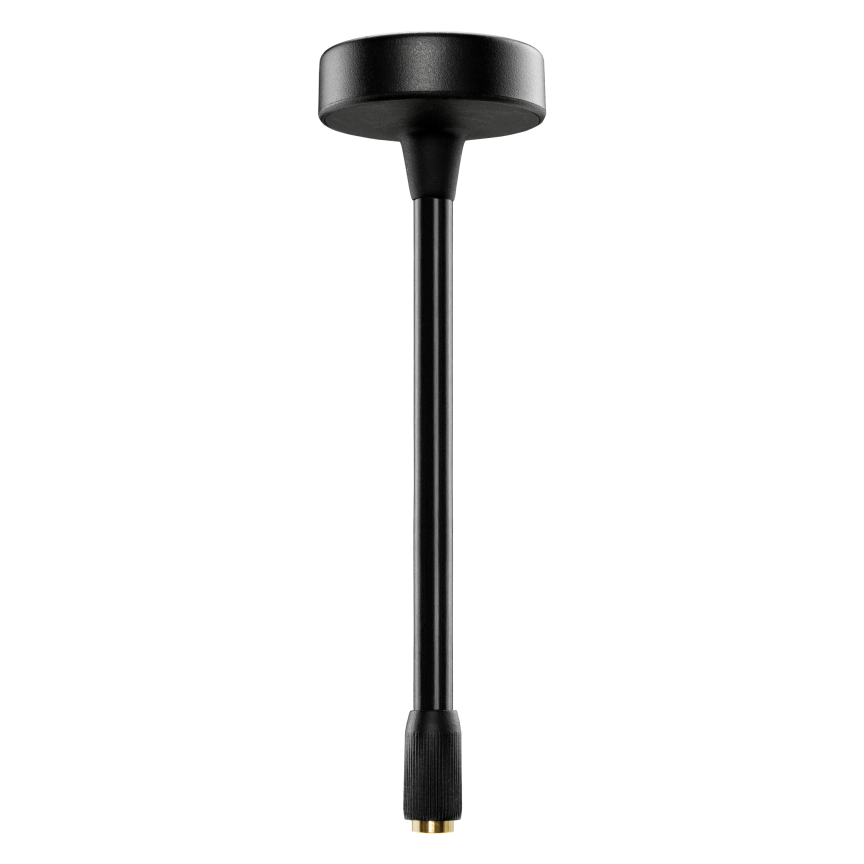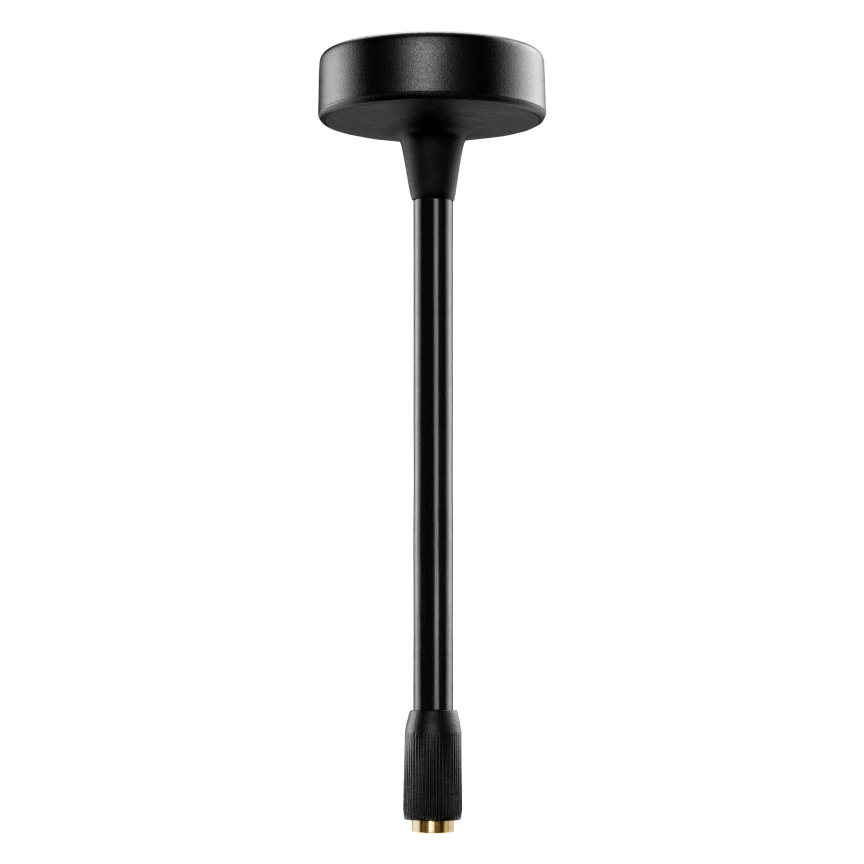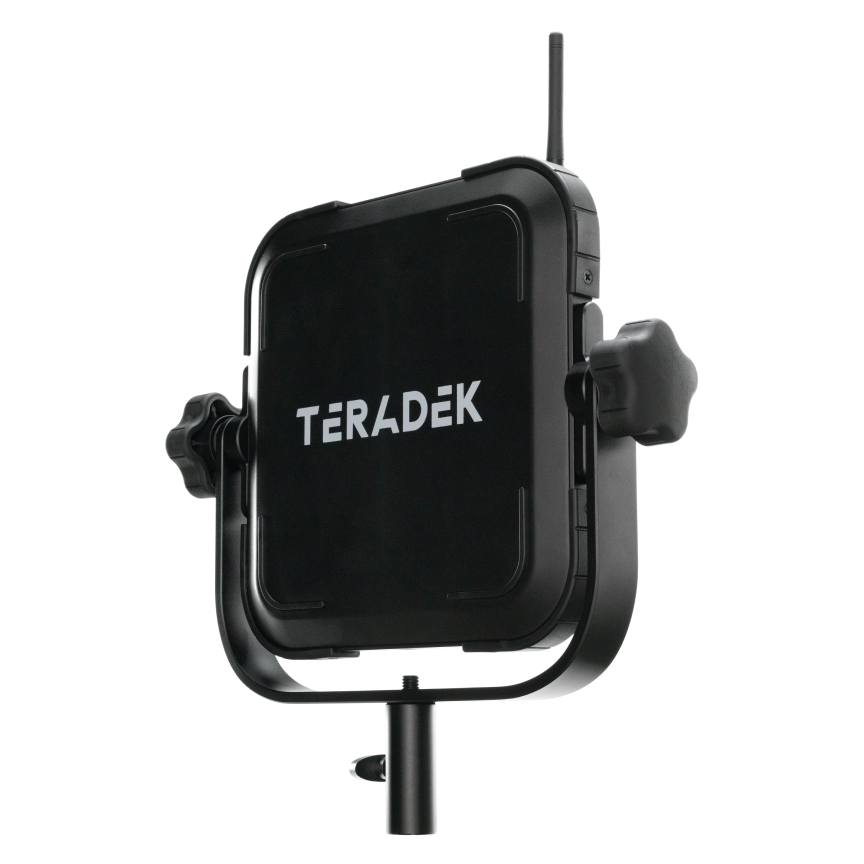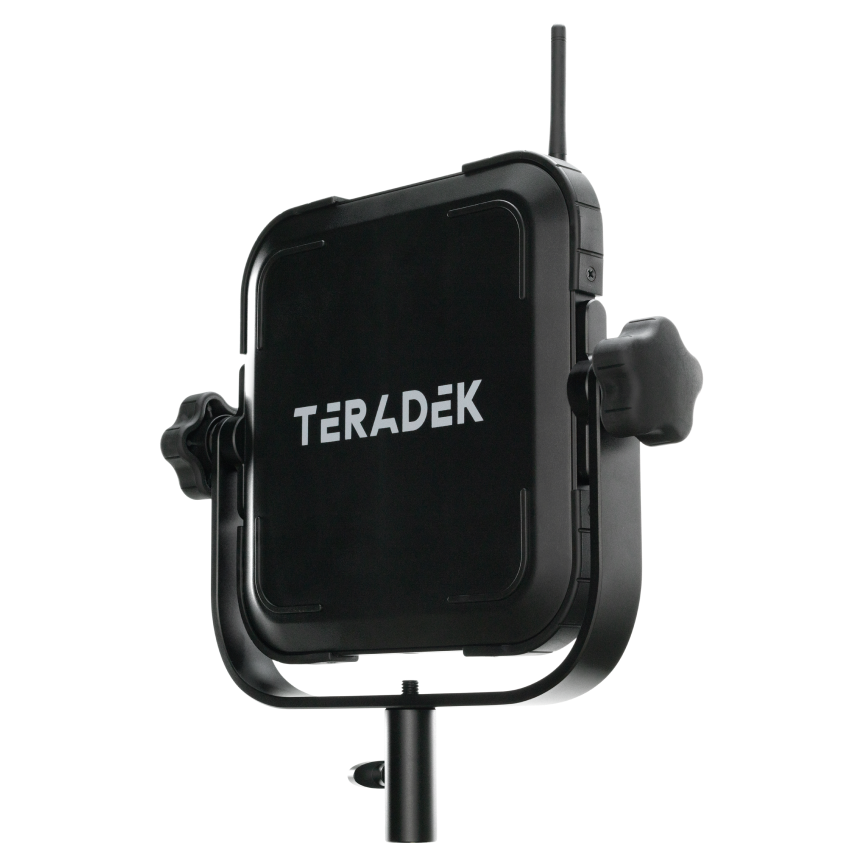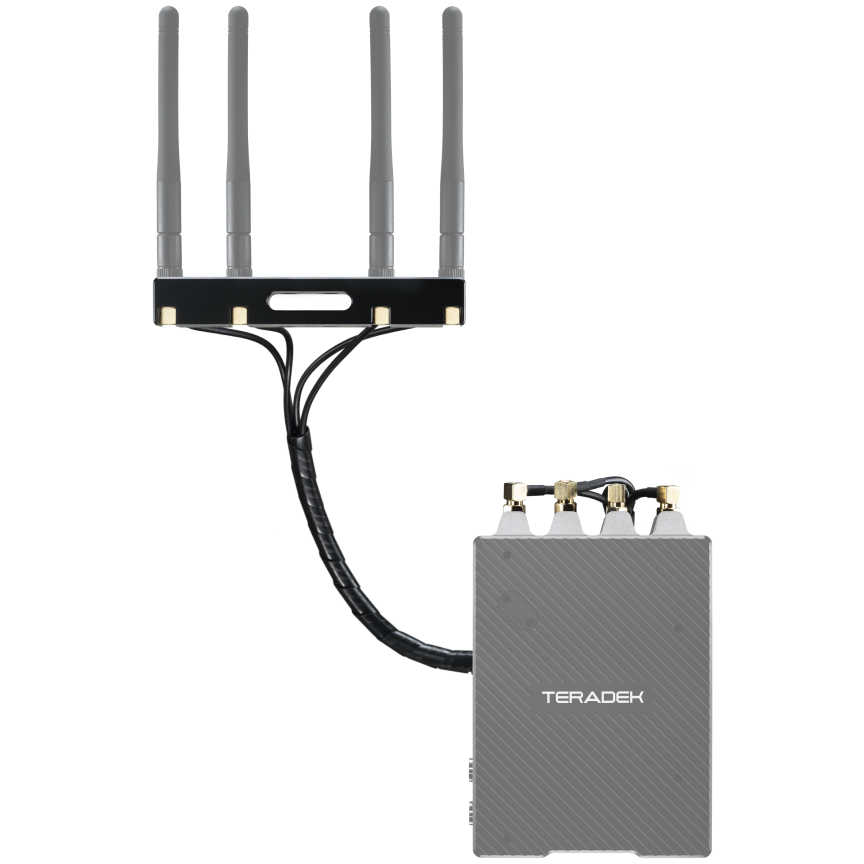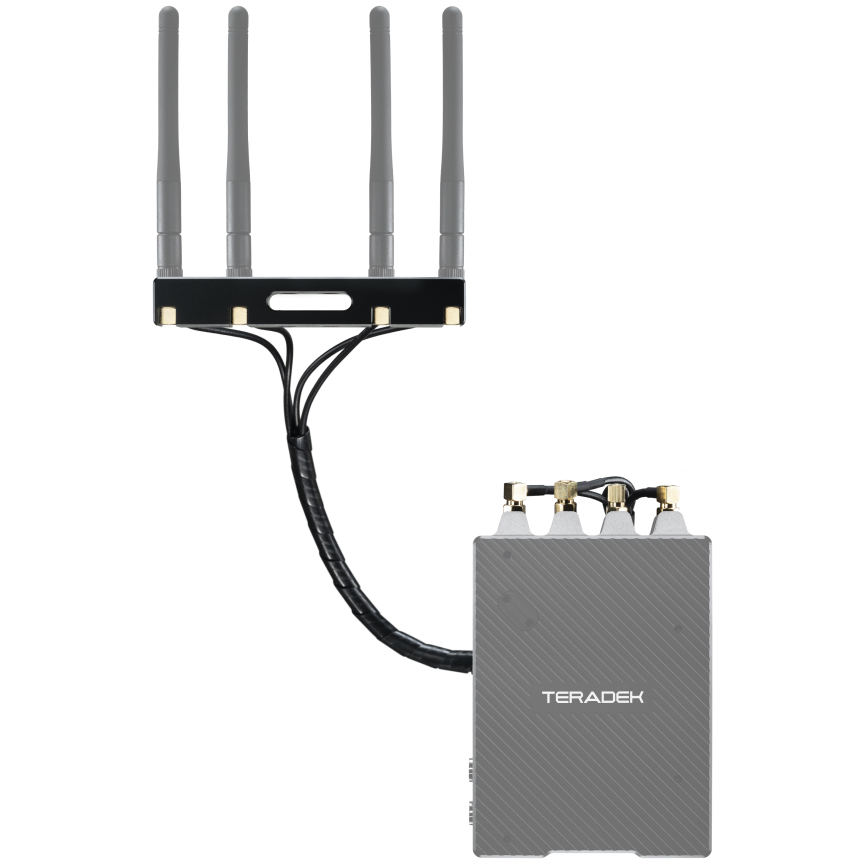Understanding Your
Bolt Antennas
Overview
Overview
Bolt 6 and Bolt 4K both feature our powerful BB3 wireless chipset that makes the system better at handling channel interference while producing a sharper, clearer image, whether you’re transmitting in HD or 4K. While maintaining this quality and connectivity is straightforward in an ideal situation, this is rarely the case on real sets. With the right antenna configuration and antenna placement, you can maximize your ability to maintain a robust signal in a variety of production environments.
Background
Background
Antennas transmit signals over radio frequency bands, which are categorized as “Unlicensed National Information Infrastructure” bands, or U-NII bands. These bands represent a group of airwaves that has been vetted and approved for private or public use. The FCC recently approved the new U-NII 5 band, also known as 6GHz, opening up 12 new RF channels (5.925–6.425) and thus increasing the number of open channels to lighten the load.
6GHz has not been unlocked in every region worldwide. To see if your area supports 6GHz, check out this link.
Bolt 6 features a variety of antenna options that operate on both the 5GHz and 6GHz bands—providing instant access to UNII-5’s untapped airwaves and giving you the advantage of significantly reduced noise and interference. You can still use Bolt 4K antennas on Bolt 6, but Bolt 6 antennas are required to access 6GHz channels.
The different Bolt antenna options are:
- Teradek Antenna Array (works with both 5GHz and 6 GHz bands)
- Teradek 6GHz Internal Antenna Bolts (works with both 5GHz and 6GHz bands). These are available as a permanent addition to Bolt 6 LT or RX Monitor Modules in the 750 models only.
In order to achieve the best signal quality, choosing the right antennas for your job and knowing how to position them will make all the difference.
But before deciding which antenna configuration to use, it helps to understand two concepts behind the RF theory: MIMO and RF propagation.
MIMO and RF Propagation
MIMO and RF Propagation
MIMO (Multiple Input & Multiple Output) refers to the amount of parallel RF streams being transferred between the transmitter and receiver. Each RF signal’s path from the transmitter antennas to the receiver antennas will vary, so more paths (or antennas) will increase the receiver’s chances of successfully decoding the transmitter’s signal.
RF propagation refers to the way in which RF signals travel from the transmitter to receiver. Two fundamental properties of RF propagation that ultimately govern the strength and quality of your signal are gain and diversity.
Gain refers to the consolidation of transmitted signals into a “focused” or directional beam, and can be achieved with the use of directional antennas like the Bolt Panel Array Antenna. Omnidirectional antennas, like the “V” antennas, typically have lower gain as the transmit/receive pattern covers all directions, while a directional antenna will have much higher gain in a particular direction.
Diversity refers to the different signal paths between a transmitter and receiver. Diversity allows your receiver to combine signals with varying degrees of obstruction into one robust signal. In an indoor or studio environment, the RF signals from the transmitter are reflected off the walls, ceiling, and other obstructions before reaching the receiver, helping to achieve diversity.
Teradek offers three different antenna types that can be combined to get the best performance out of your Bolt 6 and Bolt 4K in different scenarios.
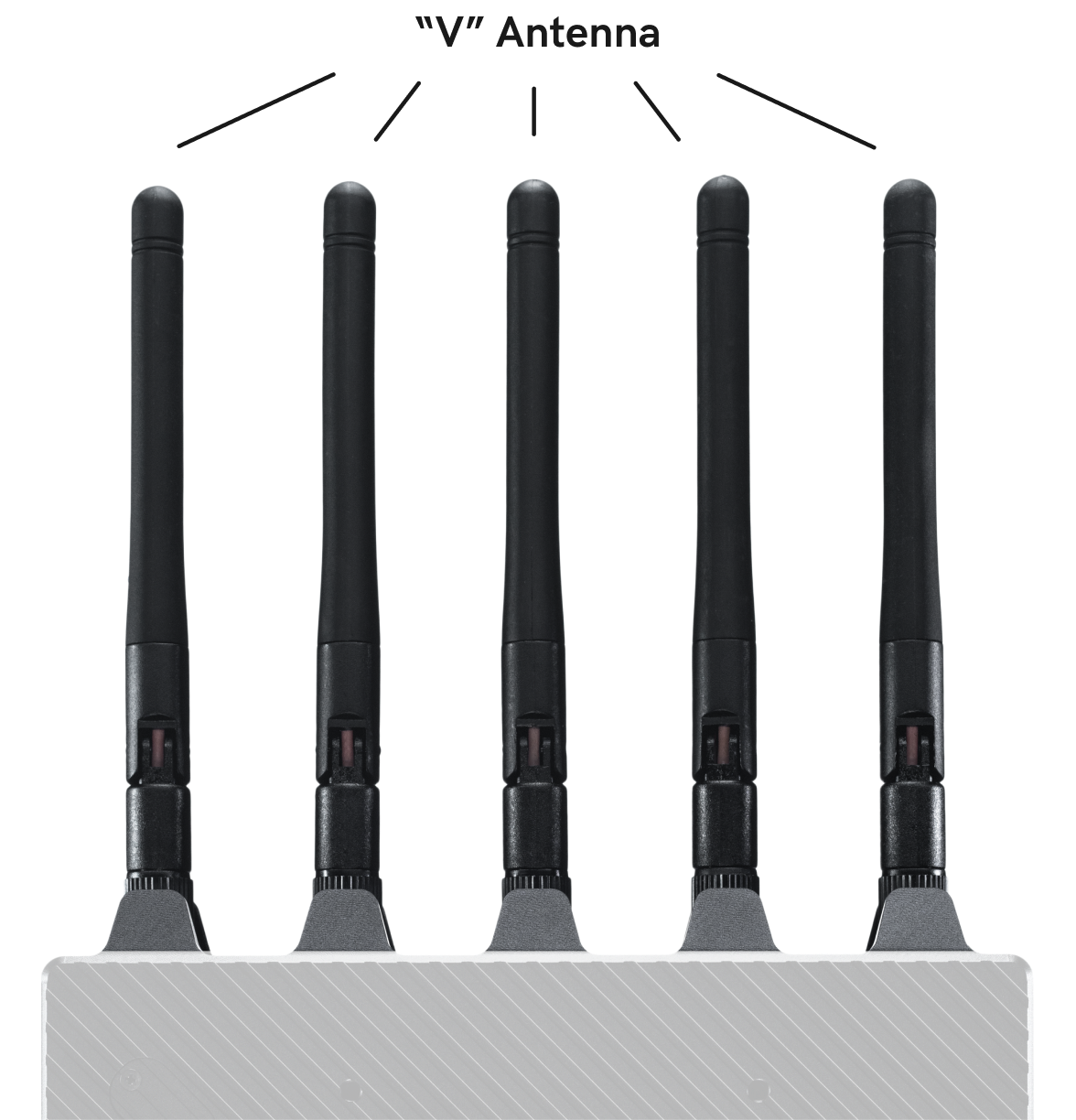
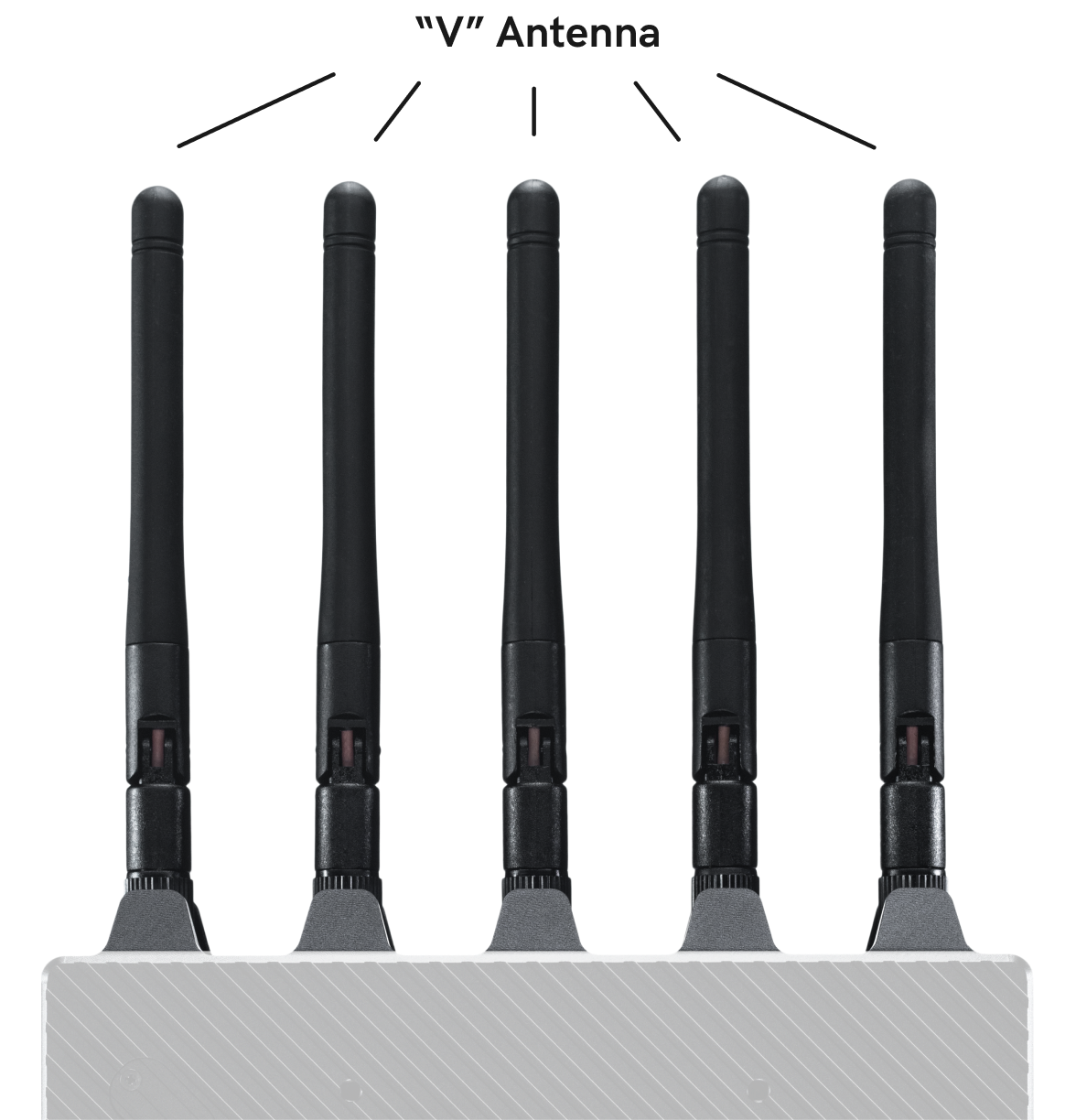
Vertically Polarized Omnidirectional Antennas
(“V” Antennas)
Vertically Polarized Omnidirectional Antennas
(“V” Antennas)
V Antennas are included as standard equipment with your Bolt 6 and Bolt 4K. They offer good performance in a wide variety of situations when quick setup and flexibility is key. The antennas radiate signals in all directions out of the sides of the antenna – imagine a donut surrounding the antenna – so there are the fewest restrictions on antenna placement. Just make sure to keep them visible to the transmitter!
V antennas are ideal for achieving diversity indoors. Once you move outdoors with the V antennas, the RF signals travel in a similar or identical manner towards the receiver, weakening diversity.
When paired with Bolt 6, the new Bolt 6 V antennas give access to the newly-opened 6GHz band, which gains you access to those 12 new virtually untapped RF channels and gains you significantly less signal interference. These Bolt 6 V antennas remain operable on the 5 GHz band, giving you full cross and backwards compatibility. Consider upgrading to a Bolt 6 to gain access to the best wireless signal environment available.
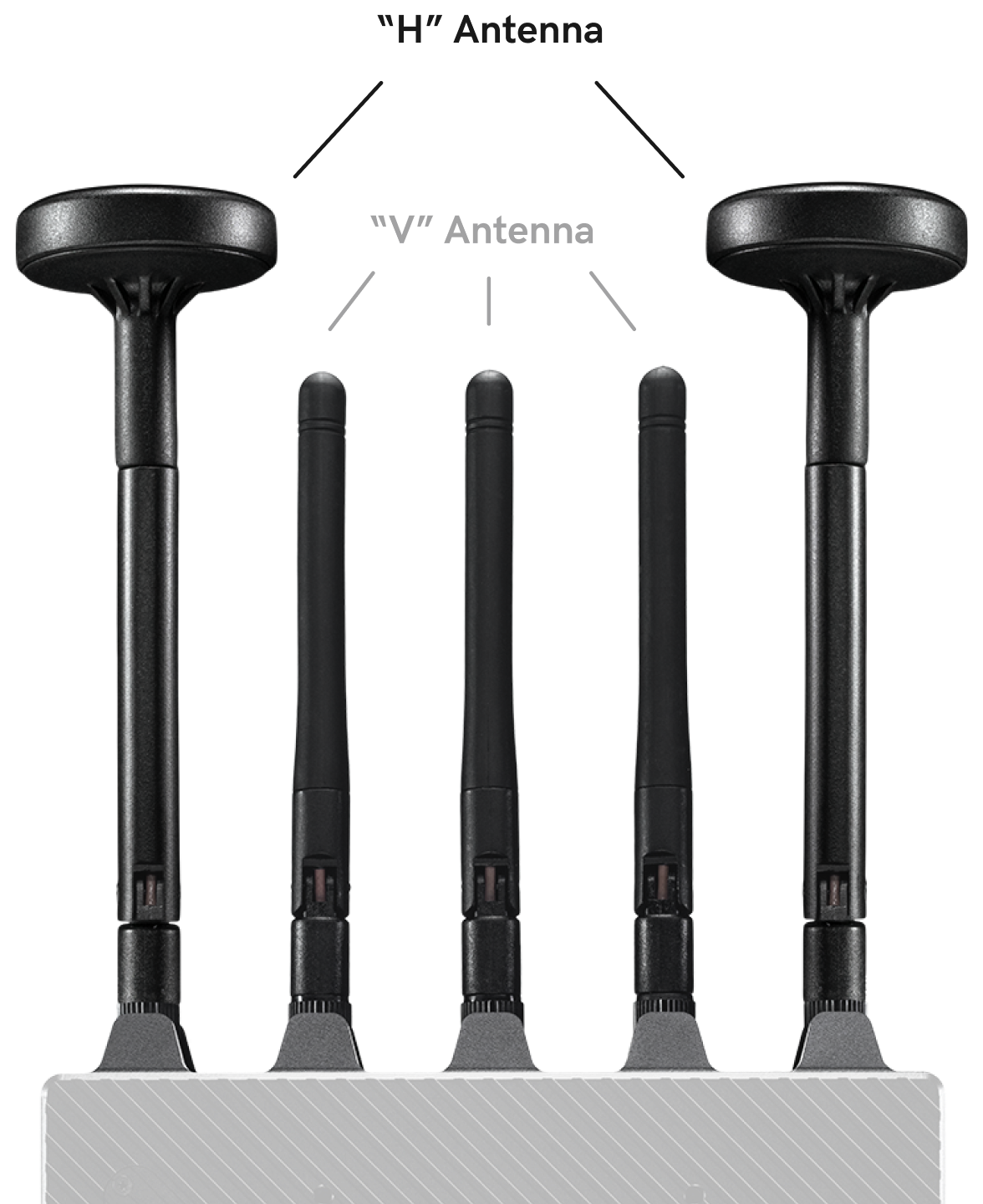
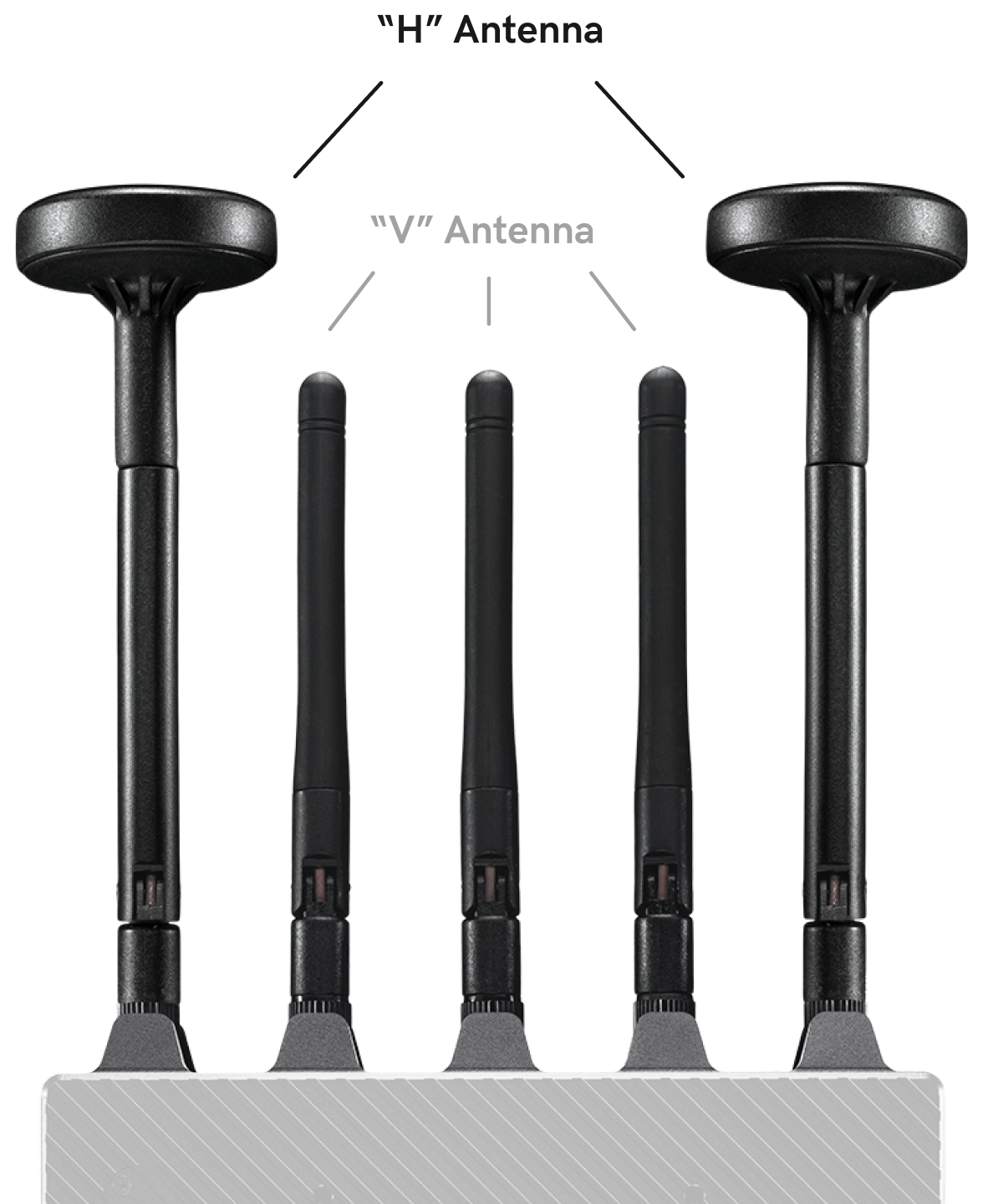
Horizontally Polarized Omnidirectional Antennas
(“H” Antennas)
Horizontally Polarized Omnidirectional Antennas
(“H” Antennas)
For Bolt 4K, we designed special horizontally polarized antennas for use with the V antennas. Using a pair of H and a pair of V antennas on the TX improves the diversity characteristics of the system by combining the two perpendicular polarizations.
For this H+V antenna configuration, two H antennas should be used on the transmitter and two on the receiver as pictured. This configuration should allow for better reception and better video quality in medium-range situations and/or when the environment will create a lot of reflections for the wireless signal.
The combination of H and V antenna signals achieves better diversity than V antennas alone, especially while shooting outdoors. H antennas cause the RF signal from the transmitter to propagate in a perpendicular manner compared to the vertical signal from the V antenna.
The electric field direction (E-field) of a V Antenna radiates up and down vertically.
Alternatively, the E-field of the H Antenna is rotated 90 degrees, perpendicular to the V Antenna.
The electric field direction (E-field) of a V Antenna radiates up and down vertically.
Alternatively, the E-field of the H Antenna is rotated 90 degrees, perpendicular to the V Antenna.
The new flexible H antennas can be bent in any direction, giving you the full ability to manipulate the antenna positioning to maximize your signal. Like the 6 GHz V antennas, when paired with Bolt 6 these new flexible H antennas give access to the newly-opened 6GHz band, which grants you significantly less signal interference by broadening the RF channel options.
Bolt 6 MAX and 1500 models come pre-attached with these flexible H antennas to give you optimal signal right out of the box! These 6Ghz H antennas remain operable on the 5 GHz band, giving you full cross and backwards compatibility. Consider upgrading to a Bolt 6 to gain access to the best wireless signal environment available.
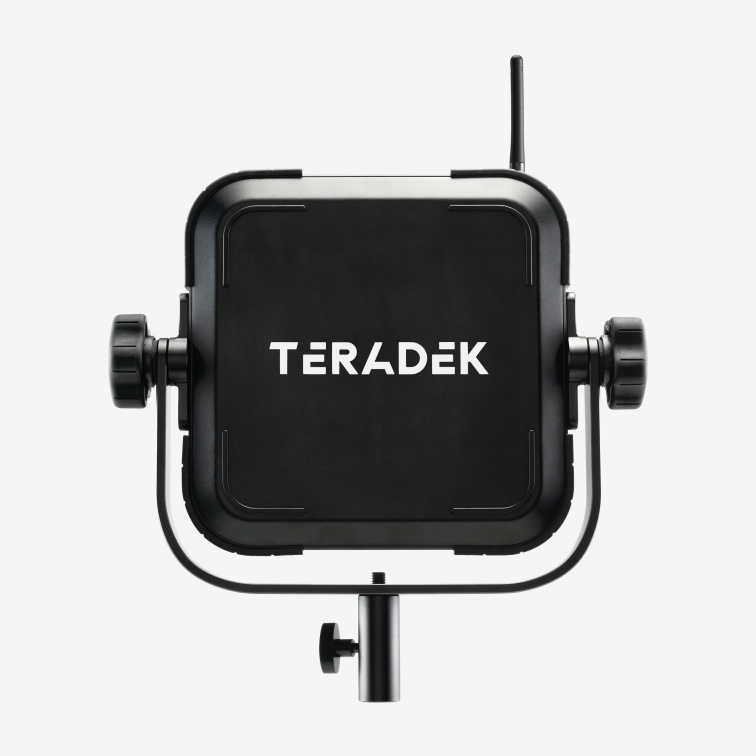
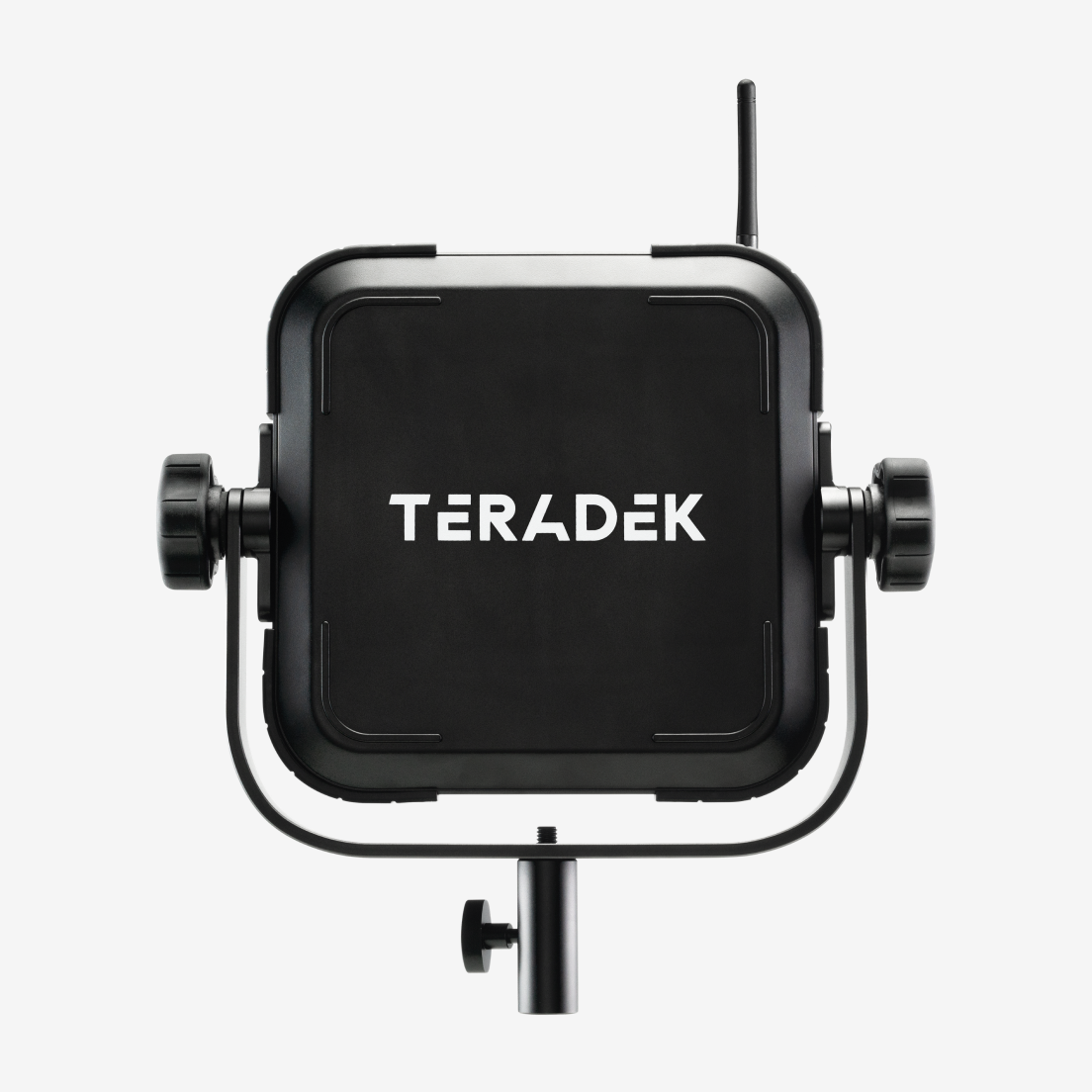
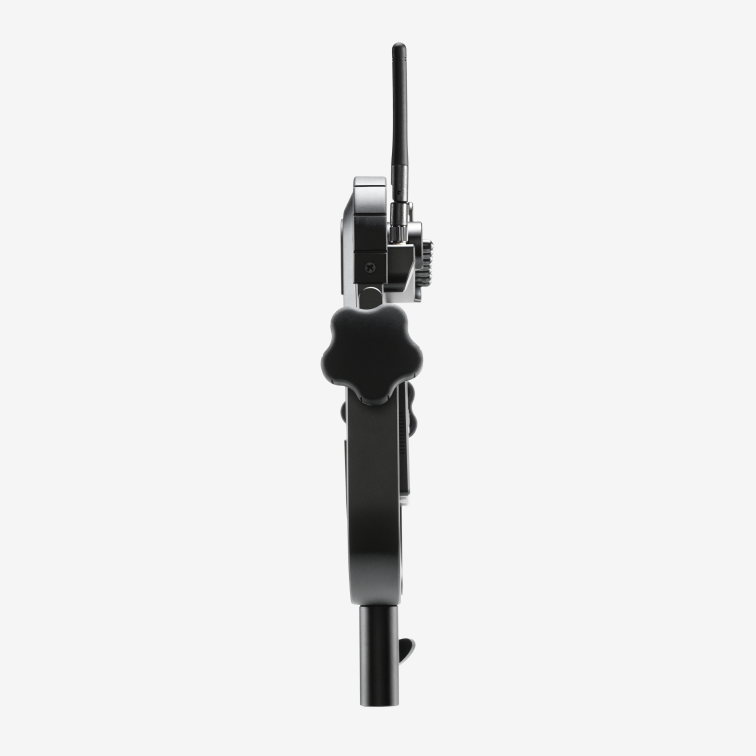
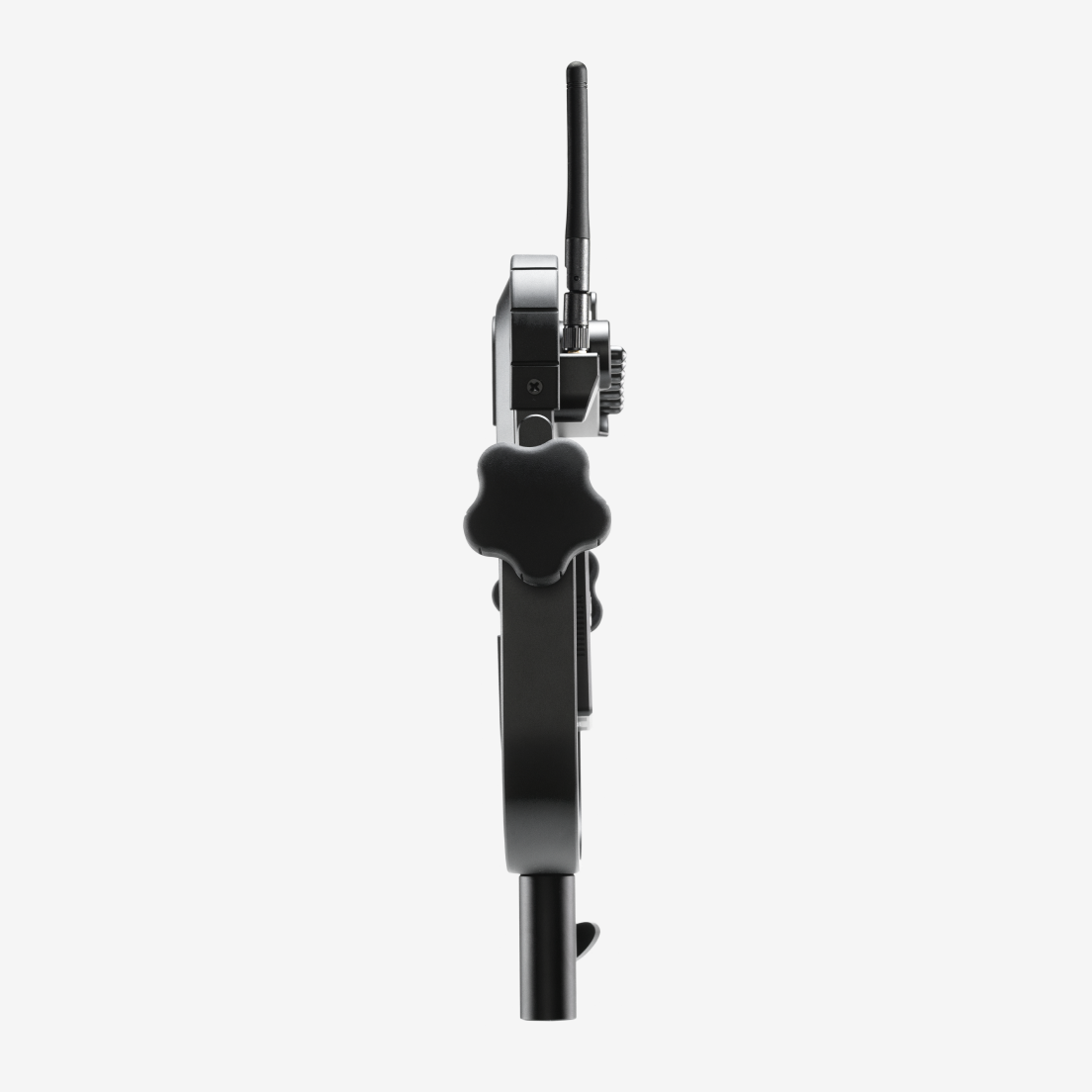
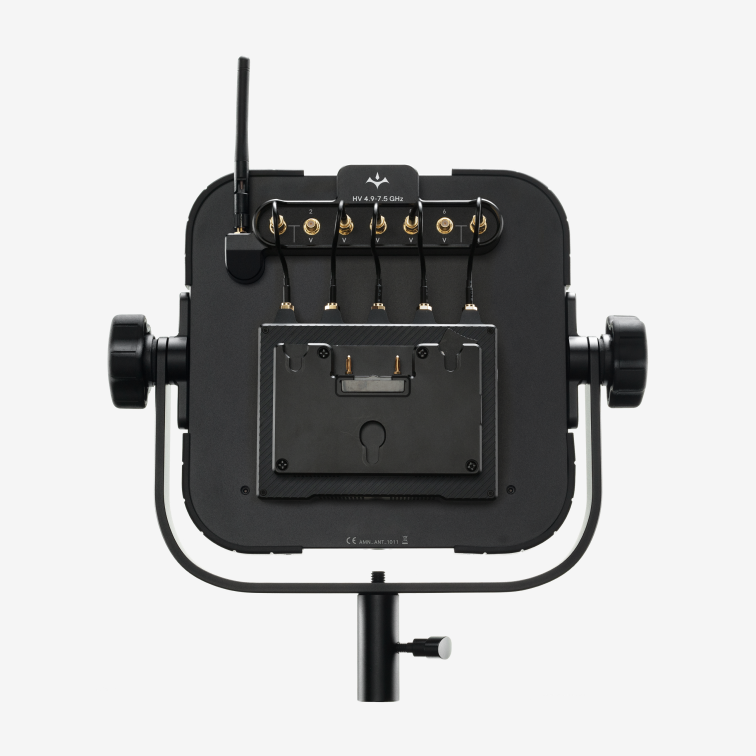
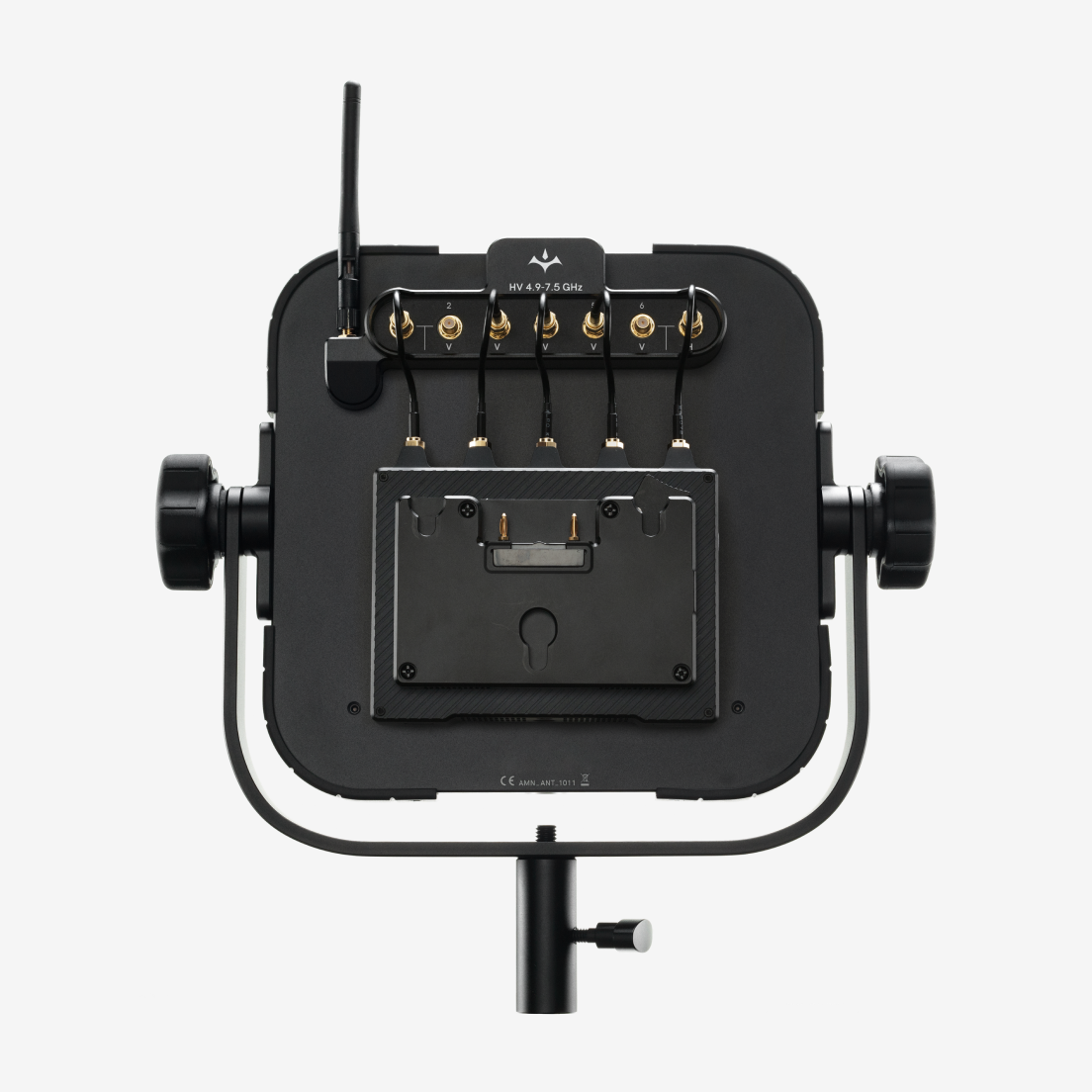
Array Panel Antenna
Array Panel Antenna
Your Bolt receiver (if equipped with a dual battery plates) can attach to the back of an Array Panel Antenna which is a directional antenna with a receive pattern that varies based on its distance from the transmitter. The panel antenna enables Bolt 4K and Bolt 6 MAX models to reach their full 5,000 ft range, and while it doesn’t add range to your 750 or 1500 systems, it focuses the receiver’s antenna elements and increases gain in front of the panel. If you’re shooting outdoors, using a panel antenna to direct your signal should improve performance, especially for ranges greater than 1,500 ft. The Panel antenna has both vertical and horizontal antenna connections (two H, five V), and your TX antenna configuration will determine which RP-SMA connector to connect to the left and right antennas on the receiver.
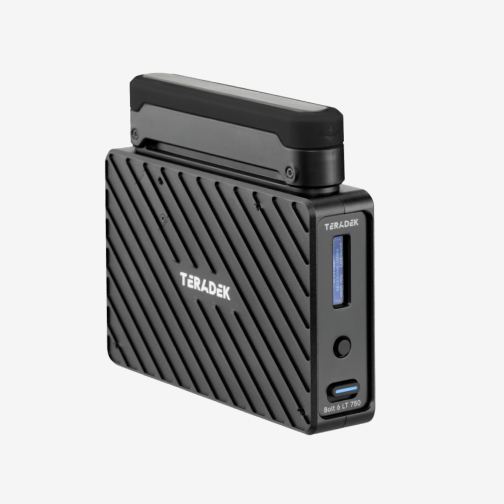
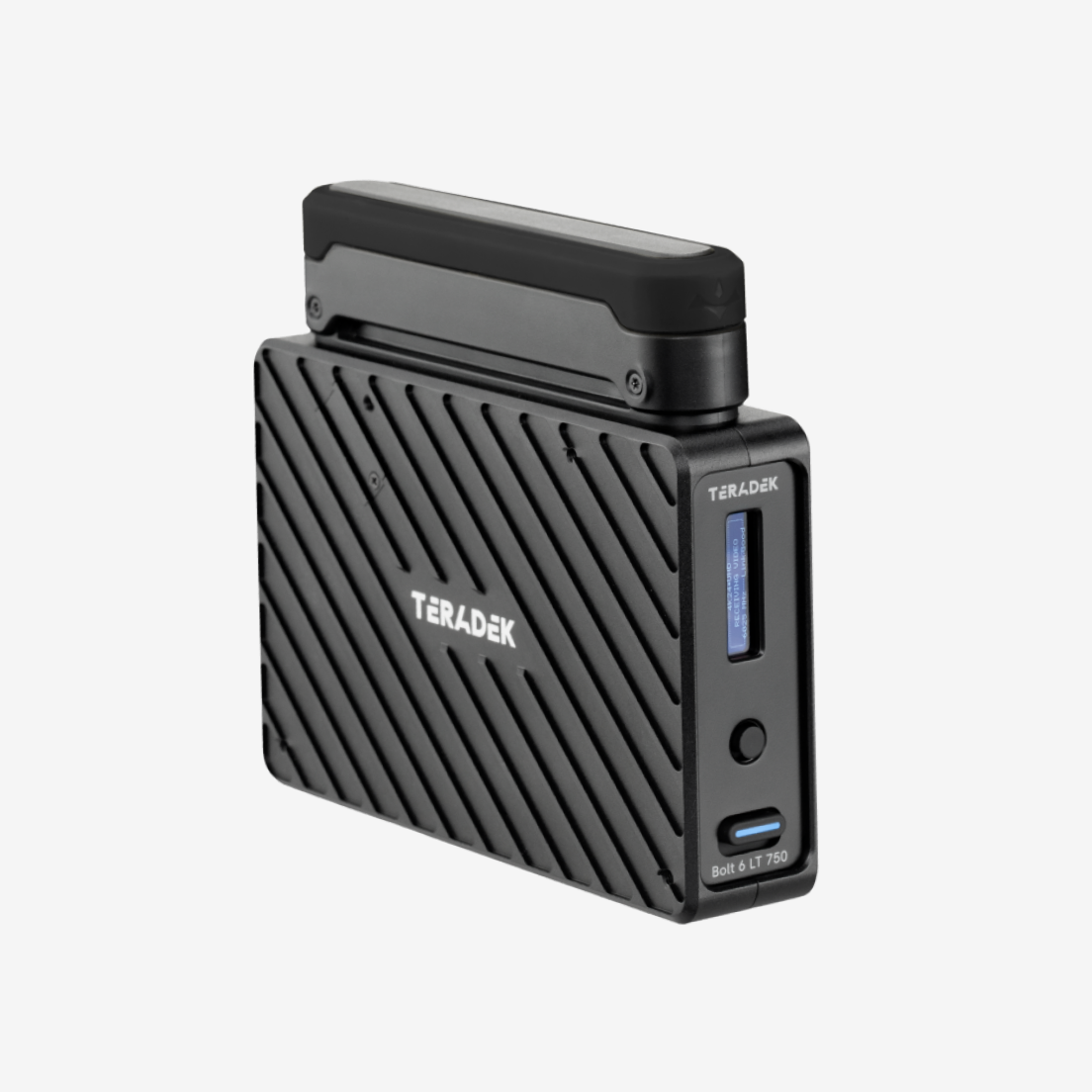
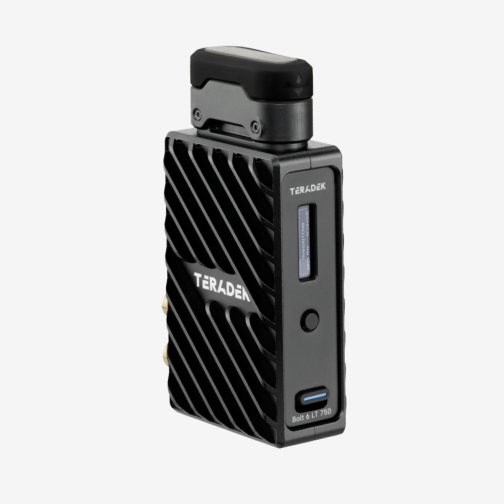
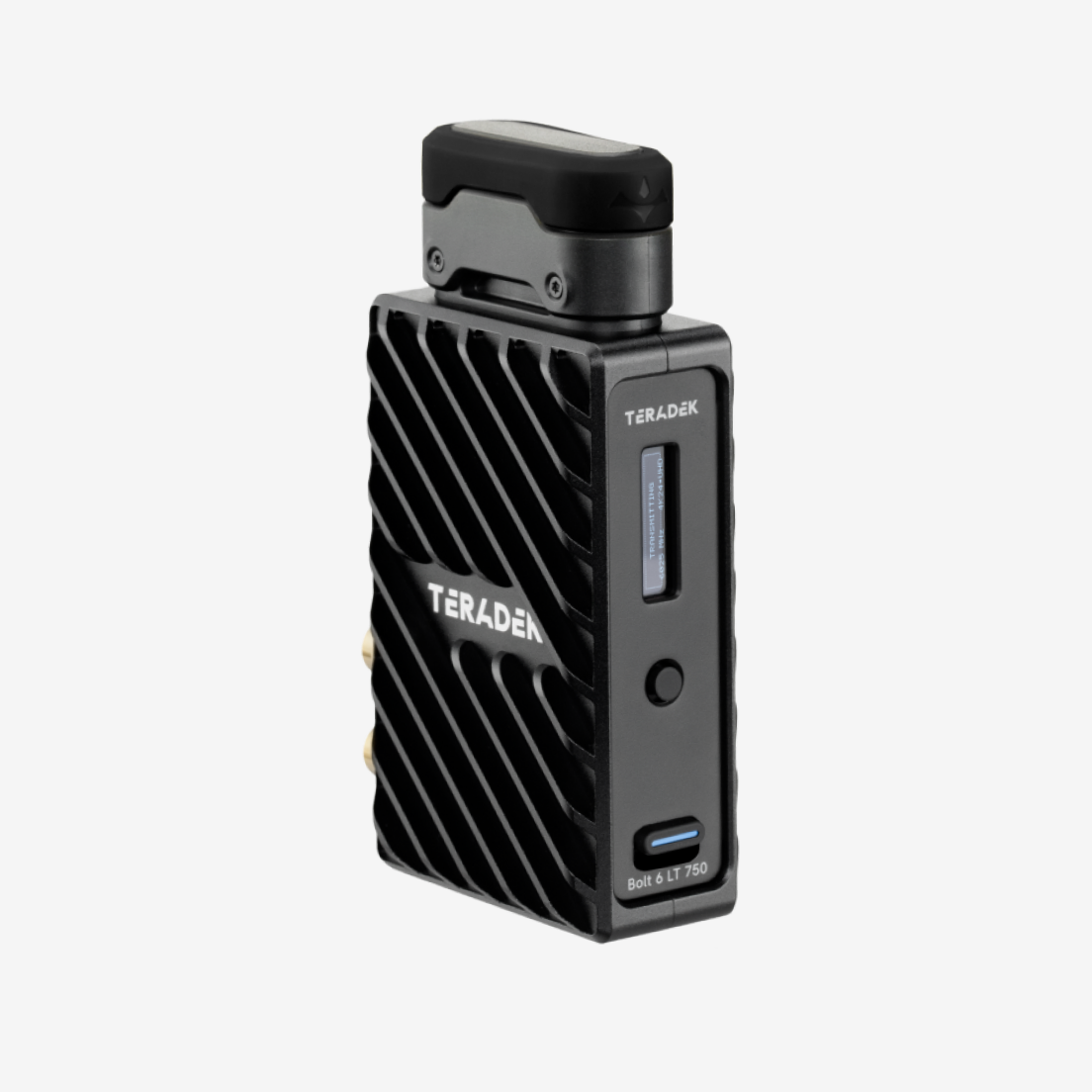
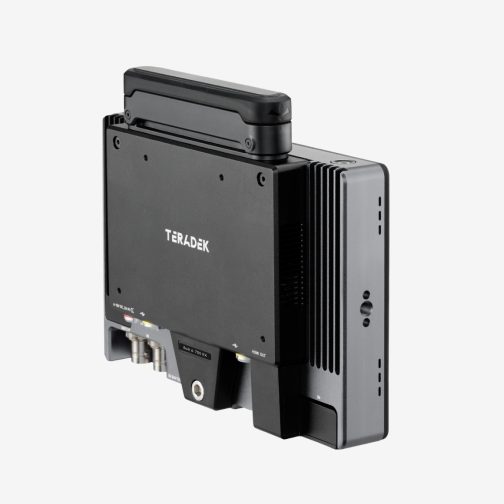
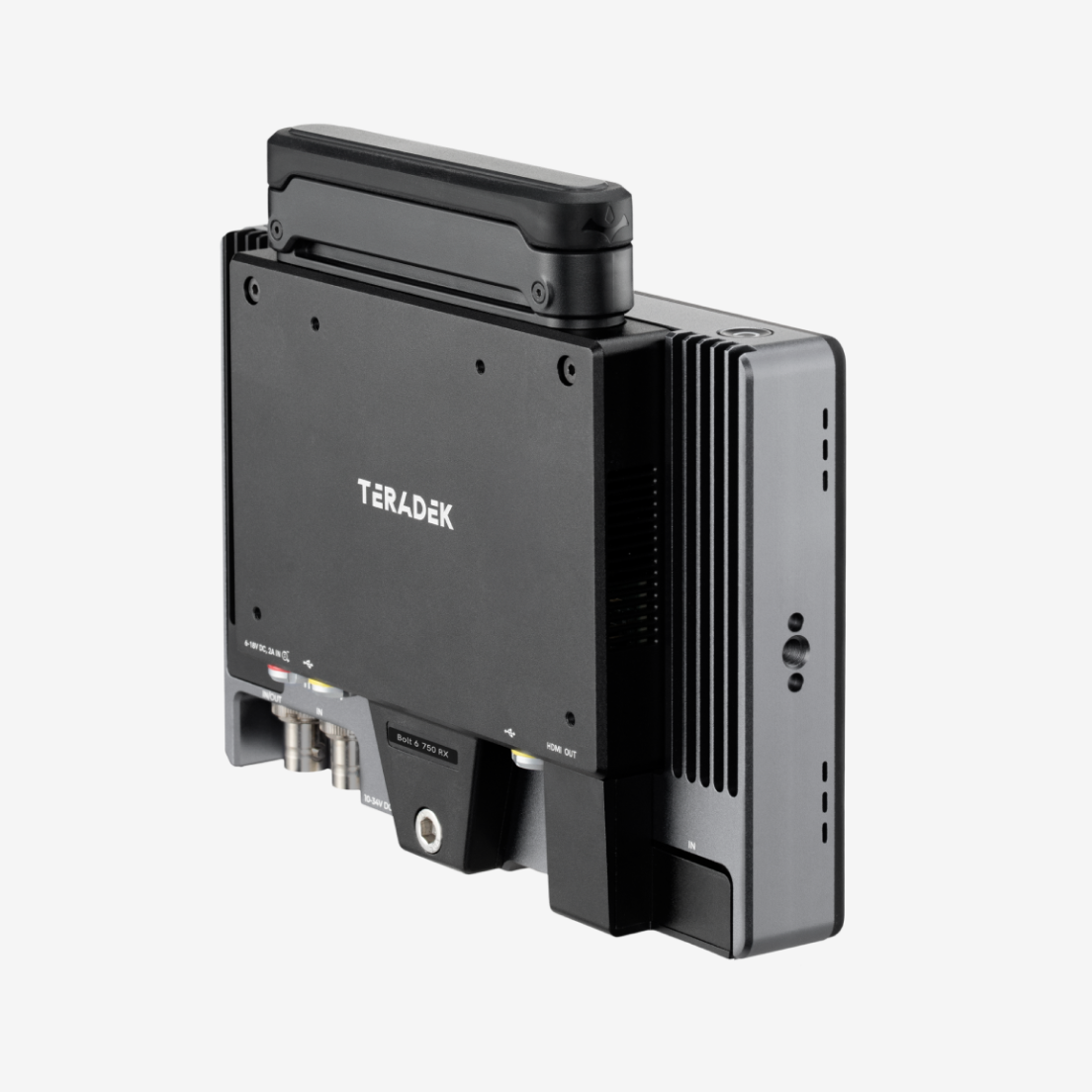
Bolt Models with Internal Antennas
Bolt Models with Internal Antennas
Bolt 6 LT and Monitor Module RX now come with optional, built-in antennas, enabling more rugged, compact camera or monitor setups.
Bolt 6 with Internal Antennas are only available in the following models:
The only difference between an Internal Antenna Bolt and an external antenna Bolt is the antenna itself. All specs and functionality are identical. Internal Antennas are permanently built-in, meaning these Bolts cannot be altered after purchase.
All Internal Antenna Bolts work across the same frequency range as all of our other 6GHz antennas (4.9 to 7.3 GHz) and work with existing V+V Bolt 4K and 6 setups and/or H+V Bolt 4K and 6 setups.
Read more about Internal Antennas in the FAQ.
Your antennas are only as good as how you place them
Your antennas are only as good as how you place them
In most cases, the ideal position for the transmitter and receiver antennas is perpendicular to the ground -- straight up and down. If the transmitter is at an angle or on its side, antennas should be arranged so that they point up. Pointing the antennas in any other direction re-orients the radiation pattern and may reduce performance. For situations where the ideal antenna placement just isn’t possible, you can relocate their position on your camera with our antenna extension kit.
As the new Bolt 6 H antennas are made of a flexible material, you can bend the H antenna to the perfect placement.
When using Bolt 6s with Internal Antennas, try to keep your Bolt vertical and the internal antenna guard clear from obstructions.
Optimizing your wireless performance and getting the most out of your Bolt is as simple as correctly placing your antennas and understanding when to use what antenna configuration. No matter which antenna you use, Bolt 4K and Bolt 6 still produce a sharper image and handle channel interference over longer ranges better than ever before.
Sign Up for Updates on
our Newest Products
Sign Up for Updates on
our Newest Products


